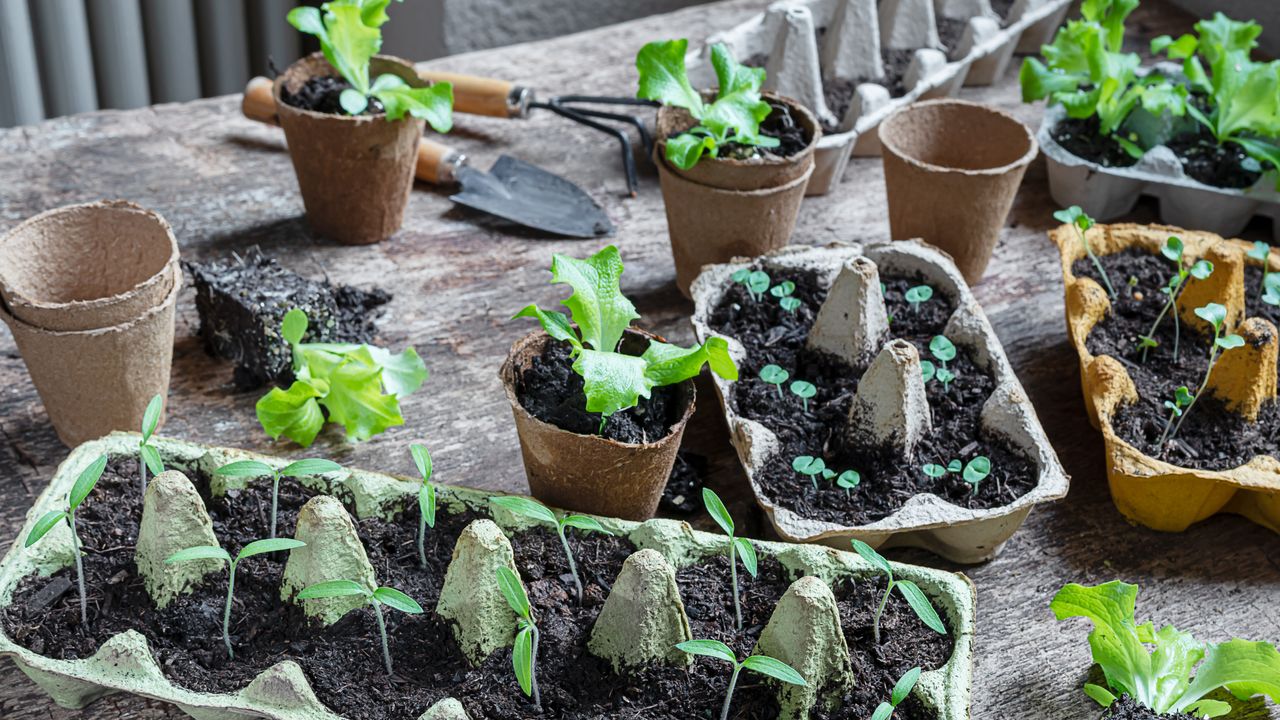Circular Economy: Embracing Circular Design, Strategies, and Education
Have you ever wondered what happens to the products we consume after we’re done with them? In a linear economy, most items end up in landfills, contributing to environmental degradation. But there’s a better way – a circular economy. In this article, we’ll explore the concept of circular economy, focusing on circular design, circular economy strategies, and the importance of circular economy education.
Circular Design
Circular design is at the heart of the circular economy. It involves rethinking how products are made, used, and disposed of, with the aim of creating a closed-loop system. The goal is to eliminate waste and maximize resource efficiency.
In circular design, products are designed to be durable, repairable, and easy to disassemble. This ensures that materials can be easily recovered and reused at the end of a product’s life cycle. It’s a shift from the traditional “take-make-dispose” approach to a more sustainable and regenerative model.
Companies and designers play a crucial role in implementing circular design principles. By designing products with circularity in mind, they can reduce waste, extend product lifespans, and minimize environmental impact. This shift towards circular design is not only beneficial for the planet but also presents economic opportunities.
Circular Economy Strategies
Implementing circular economy strategies is essential for transitioning towards a circular economy. These strategies focus on keeping materials in use for as long as possible, ensuring their value is maximized. Let’s explore some key circular economy strategies:
- Product Life Extension: Instead of discarding products after a short period, this strategy aims to extend their lifespan through repair, refurbishment, or upcycling. By doing so, we reduce waste and save resources.
- Circular Supply Chains: Collaboration among suppliers, manufacturers, and consumers is crucial for a circular economy. Circular supply chains involve using recycled materials, reducing packaging waste, and optimizing transportation to minimize environmental impact.
- Resource Recovery and Recycling: This strategy focuses on recovering valuable materials from waste and reintroducing them into the production cycle. Recycling reduces the need for virgin resources and minimizes environmental degradation.
These strategies require a shift in mindset and the adoption of innovative technologies and business models. By embracing circular economy strategies, businesses can reduce costs, improve resource efficiency, and enhance their brand reputation.
Circular Economy Education
Empowering individuals with knowledge about the circular economy is crucial for its widespread adoption. Circular economy education helps individuals understand the importance of sustainable consumption and equips them with the skills to implement circular practices in their daily lives.
Education about the circular economy can be integrated into various educational levels, from schools to universities and professional training programs. It should focus on raising awareness about the environmental impact of linear consumption patterns and promoting sustainable alternatives.
Moreover, circular economy education should encourage innovation and entrepreneurship, inspiring individuals to develop creative solutions for a circular future. By nurturing a generation of circular thinkers, we can foster a sustainable and prosperous society.
Conclusion
In conclusion, the concept of a circular economy offers a promising alternative to the traditional linear economy. By embracing circular design, implementing circular economy strategies, and investing in circular economy education, we can build a more sustainable future. It’s time to shift our mindset, rethink our consumption patterns, and work together towards a circular economy.
